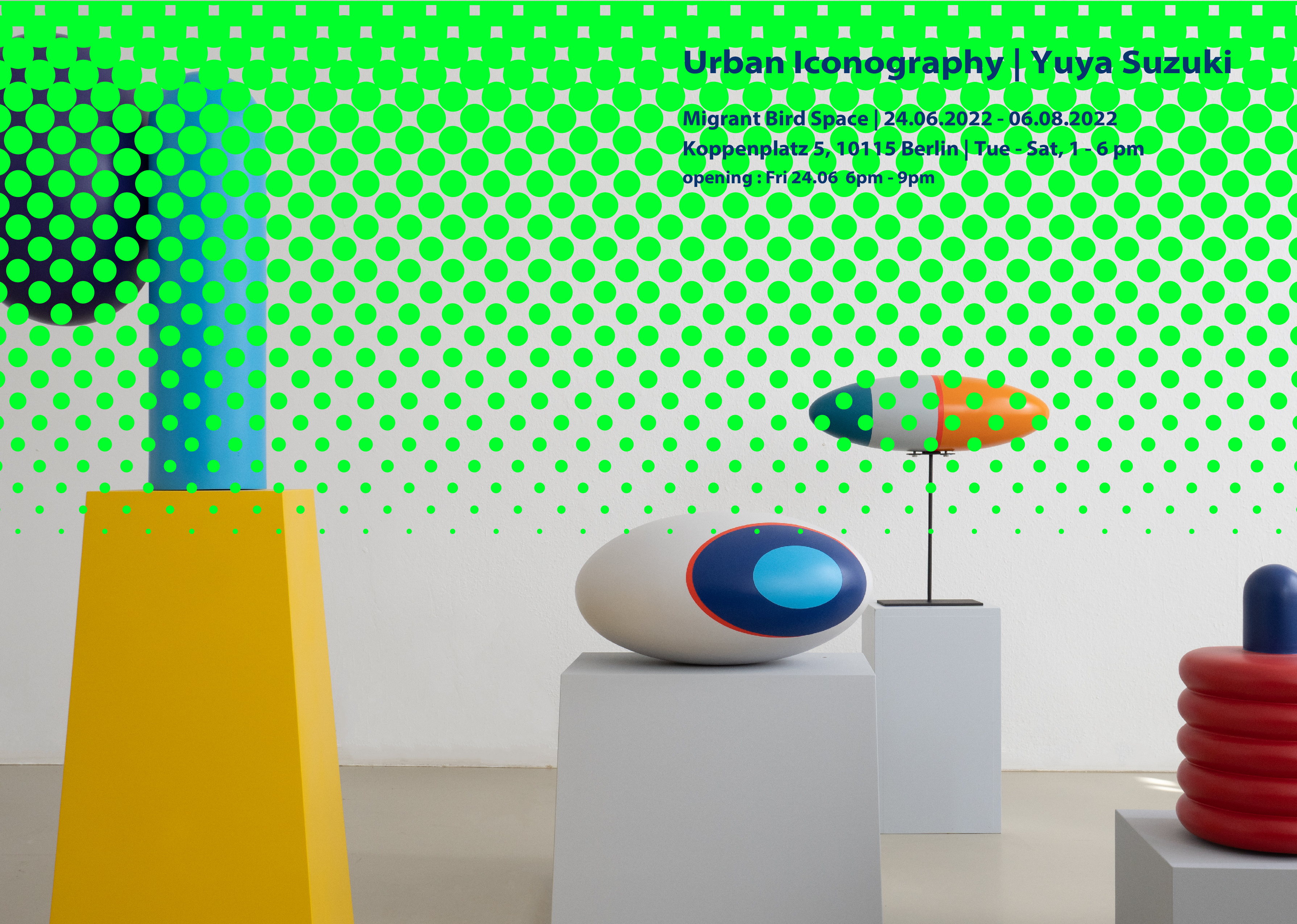The concept of deriving the whole from its parts has far-reaching roots. Witnessed by the hunter, who searches among the foliage for traces of prints or excrement, or the physician, who since the conception of Hippocratic medicine has deduced diseases from symptoms. Like the art critic Giovanni Morelli, who claimed to be able to tell the true authorship of a painting from earlobes or fingernails, or Freud, who believed that tics or slips of the tongue reveal our innermost secrets, Yuya Suzuki divines the signs of a city's subconscious.
In his exhibition 'Urban Iconography' he gathers his motives in the periphery of Berlin's public spaces. Abandoned furniture, posters, trashcans: 'the rubbish-heap of our observations' as Freud writes in reference to Morelli. Suzuki's semiotic transformation is a conjectural process, guided by what Carlo Ginzburg would call 'low intuition' – a process that, while relying on the senses, operates within their pre-reflexive state, thus skirting them. Photographs of the objects serve as initial reference points, after which Suzuki draws increasingly abstract sketches until he is left with a form that belongs to the realm of signage. The interplay of hand and eye guides the transformation. Even the color is decided intuitively, in dialogue with the shape. What color does an object want?
Some shapes may even desire to return to the physical realm. Suzuki models these forms by blending hand drawing and digital software, bringing them back from the non-object world as three-dimensional sculptures. In doing so, Suzuki makes evident that the division between sign and reality, or sign and signifier, is no real watershed.
As an observer, one might be hard-pressed to recognize which city his signs stem from. His divinatory insight is not immediately and intuitively accessible, bound to the process of sign-making rather than the sign alone. This puts Suzuki's project at odds with those of early modernist like Wassily Kandinsky or Otto Freundlich, who in abstraction saw the potential for a universal language, outside the boundaries of nationality, class or age. In the end, this conviction was only possible with the presupposition of the autonomy of art. It is clear that the signs of Suzuki are not simply expressions of a cities essence, imbued with his own subjective experience, non-autonomous. Thus, rather than being signs that seemingly exist outside the realm of the real, like the letters on a page, Suzuki's signs are constantly subject to change; to the weathering of the elements, to new imaginations, to be re-organize and re-invented. The semiosis of the city is not rigid, it is in constant flux, transforming, obfuscating before re-appearing again, inextricably bound to the people and processes that experience and form them.

